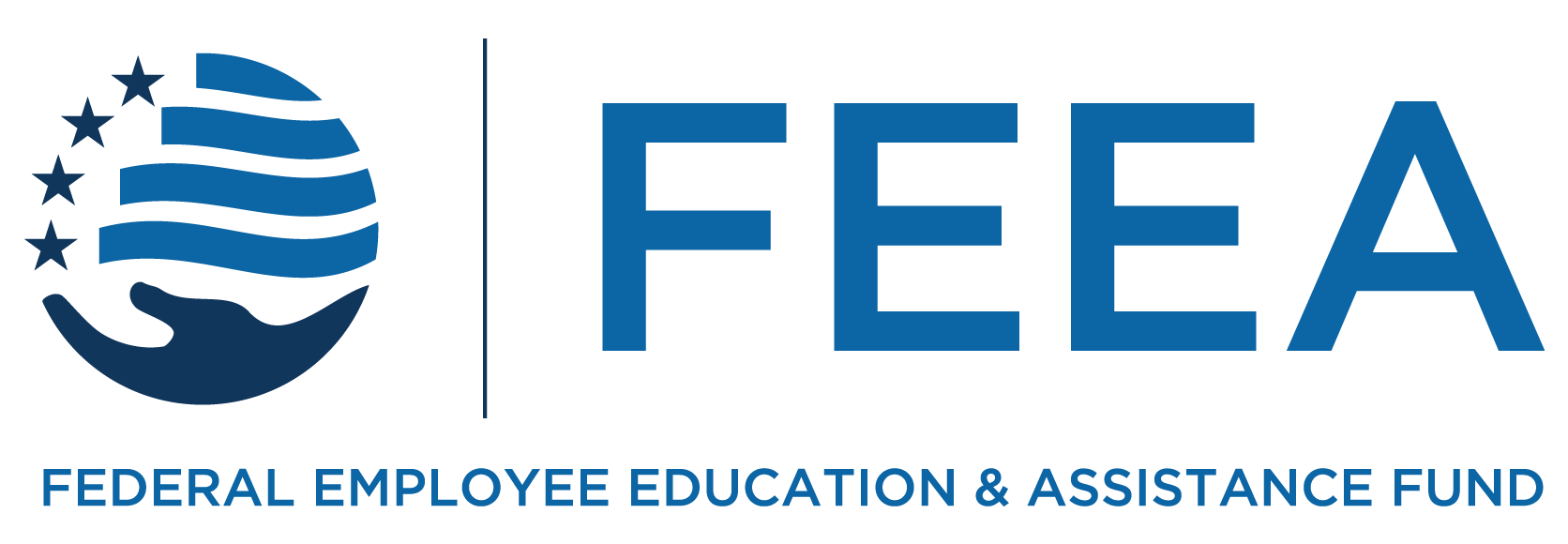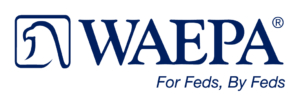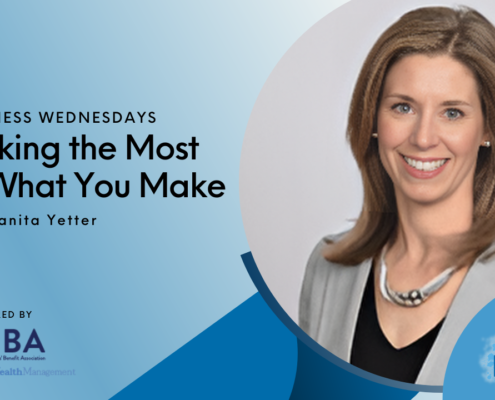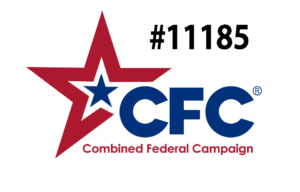THIS #FEDLIFEHACK GENEROUSLY SPONSORED BY WAEPA
TSP Titan or Finance First-Timer? Your guide to finances for feds and the different types of financial accounts that matter most
Financial planning doesn’t have to be a one-size-fits-all approach. Perhaps you’re just starting your federal career and looking to lay a solid financial foundation. Or maybe you’re later in life with your job security established, debt under control, and perhaps even the kids out of the house and looking to catch up on savings. Either way, there are a variety of accounts designed to help you achieve your specific financial goals.
This guide will explore the different types of accounts available to you, from retirement savings and education planning to health savings and long-term investments. By understanding your options and making informed decisions, you can build a secure financial future and reach your full financial potential.
Bank Accounts for Feds
Retirement Accounts
Education Accounts
Health Savings Accounts
Investment Accounts
Smart Savings Strategies for Feds
Taking Charge of Your Financial Future
Retirement can last 20-30 years or even longer. In addition to regular living expenses, you may also face long-term care costs in the later years. Building a robust TSP nest egg can provide the financial security to cover these potential costs and ensure your retirement savings last throughout your golden years.
By understanding your benefits, utilizing the right accounts, and implementing smart savings strategies, you can build a secure financial future and achieve your financial goals.
The information provided in this piece is for your convenience and informational purposes only and not to be construed as professional advice. FEEA and its coauthors and sponsors are not liable for any losses or damages related to actions or failure to act with regard to the content in this piece.
Would you like to reprint this piece in your agency human resource, federal employee association, or union local newsletter? You can do so at no cost by contacting communications@feea.org with your request.














